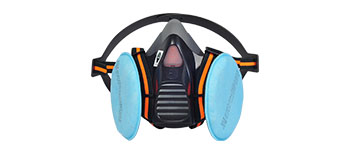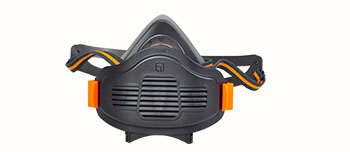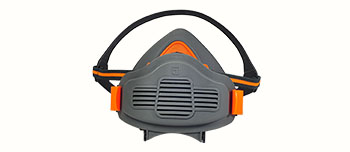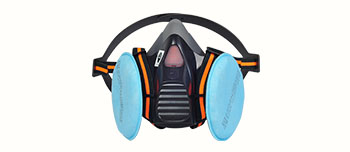In modern carving work, whether it is wood carving, stone carving or carving of other materials, workers face serious dust hazards. The KN100 mask, as one of the highest level of respiratory protection equipment, has become an important equipment for occupational health protection of carving workers. This article will explore the reasons why carving workers must wear KN100 masks and their importance.
Dust hazards in carving operations
The dust particles generated during the carving process are extremely small, especially those generated by hard materials such as stone and metal, with a particle size usually below 0.3 microns. These tiny particles can penetrate deep into the lungs and long-term exposure can lead to various occupational diseases:
Silicosis: Silicon dioxide dust generated in stone carving is the main cause of silicosis

chronic bronchitis
asthma
pulmonary fibrosis
Even serious diseases such as lung cancer
The protective advantages of KN100 masks
KN100 is the protection level specified in the Chinese national standard GB2626-2019, indicating a filtration efficiency of over 99.97% for non oily particles of 0.3 microns. Compared to KN95 and KN90 masks, KN100 provides a higher level of protection:
It still has extremely high filtration efficiency for the most easily penetrable 0.3 micron particles
Suitable for long-term operations in high concentration dust environments
Effectively block the ultrafine particles generated by carving
Requirements for special work environments
Carving work often has the following characteristics, making high-level protection necessary:
Closed workspace: Many carving studios have limited ventilation conditions, and dust concentration is prone to accumulate
Long homework time: A single carving may last for several hours, with a large cumulative exposure
Material diversity: Dust generated by different materials may have overlapping hazards
High speed operation of tools: The speed and amount of dust generated by electric tools are much higher than those of manual tools
Requirements of occupational health regulations
The regulations and standards such as the Occupational Disease Prevention and Control Law and the Selection, Use, and Maintenance of Respiratory Protective Equipment in China clearly stipulate that:
When the dust concentration exceeds the occupational exposure limit, corresponding protective equipment must be equipped
For operations that may generate silicon dust, it is recommended to use KN100 level protection
Employers have the responsibility to provide workers with protective equipment that meets the requirements
Key points for using KN100 masks correctly
Just wearing a KN100 mask is not enough, you also need to pay attention to:
Ensure that the mask is tightly attached to the face without any leakage
Regularly replace filter elements to avoid expired use
Pay attention to wearing comfort and choose a style that suits the head shape
Keep clean and avoid secondary pollution
Cooperate with other protective measures, such as local ventilation, etc
 English
English





